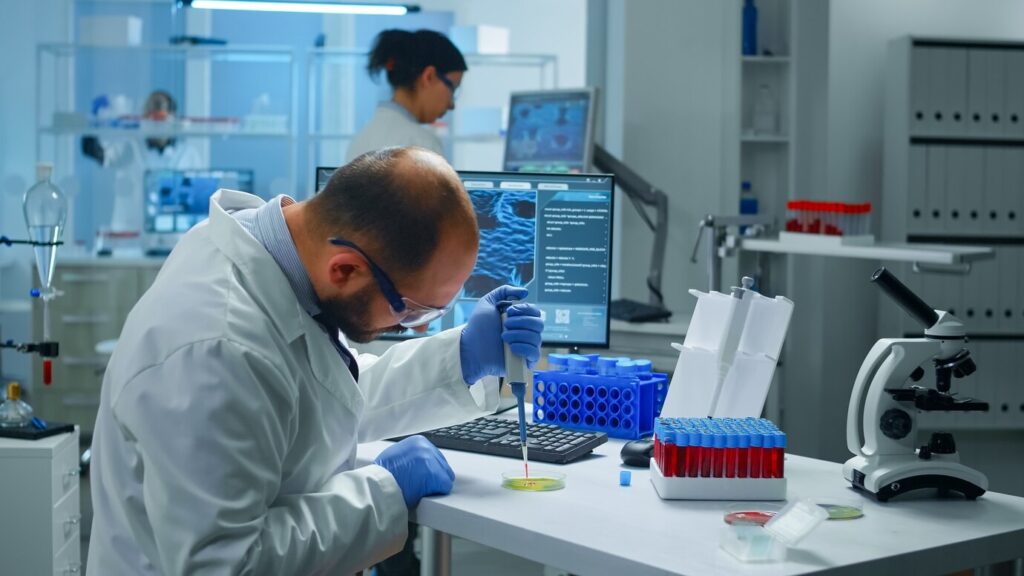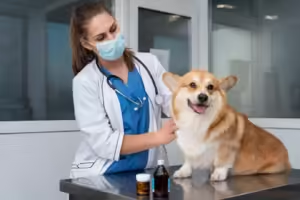Unveiling a Treasure Trove: AI Unearths Thousands of Antibiotic Sources to Combat Superbugs
1 min read
Unveiling a Treasure Trove: AI Unearths Thousands of Antibiotic Sources to Combat Superbugs
In a groundbreaking stride, artificial intelligence has unveiled a vast array of potential antibiotic sources within the natural world. Utilizing machine learning, an international research consortium has identified an impressive 863,498 antimicrobial peptides, each holding promise in combating resilient infections such as MRSA and VRSA.
Published in the prestigious journal Cell, the study sheds light on the urgent necessity for innovative approaches to antibiotic discovery. Professor Luis Pedro Coelho, a computational biologist at Queensland University of Technology, Australia, stresses the gravity of the situation, with antibiotic-resistant infections claiming 1.27 million lives annually.
At the helm of the research, Professor Coelho’s laboratory at the QUT Center for Microbiome Research meticulously validated the machine’s predictions by testing 100 peptides against clinically significant pathogens. Encouragingly, in pre-clinical trials with infected mice, these peptides exhibited efficacy comparable to that of polymyxin B, a widely deployed antibiotic.
Significantly, 79 of the peptides disrupted bacterial membranes, while 63 specifically targeted antibiotic-resistant strains such as Staphylococcus aureus and Escherichia coli. Remarkably, certain peptides demonstrated the capacity to eradicate infections in mice, underscoring their therapeutic potential.
The exhaustive analysis, encompassing over one million organisms from diverse global environments—including marine and soil ecosystems, as well as human and animal microbiomes—culminated in the creation of the AMPSphere database. This openly accessible repository stands poised to expedite the discovery of novel antibiotics, offering a beacon of hope in the battle against superbugs.





